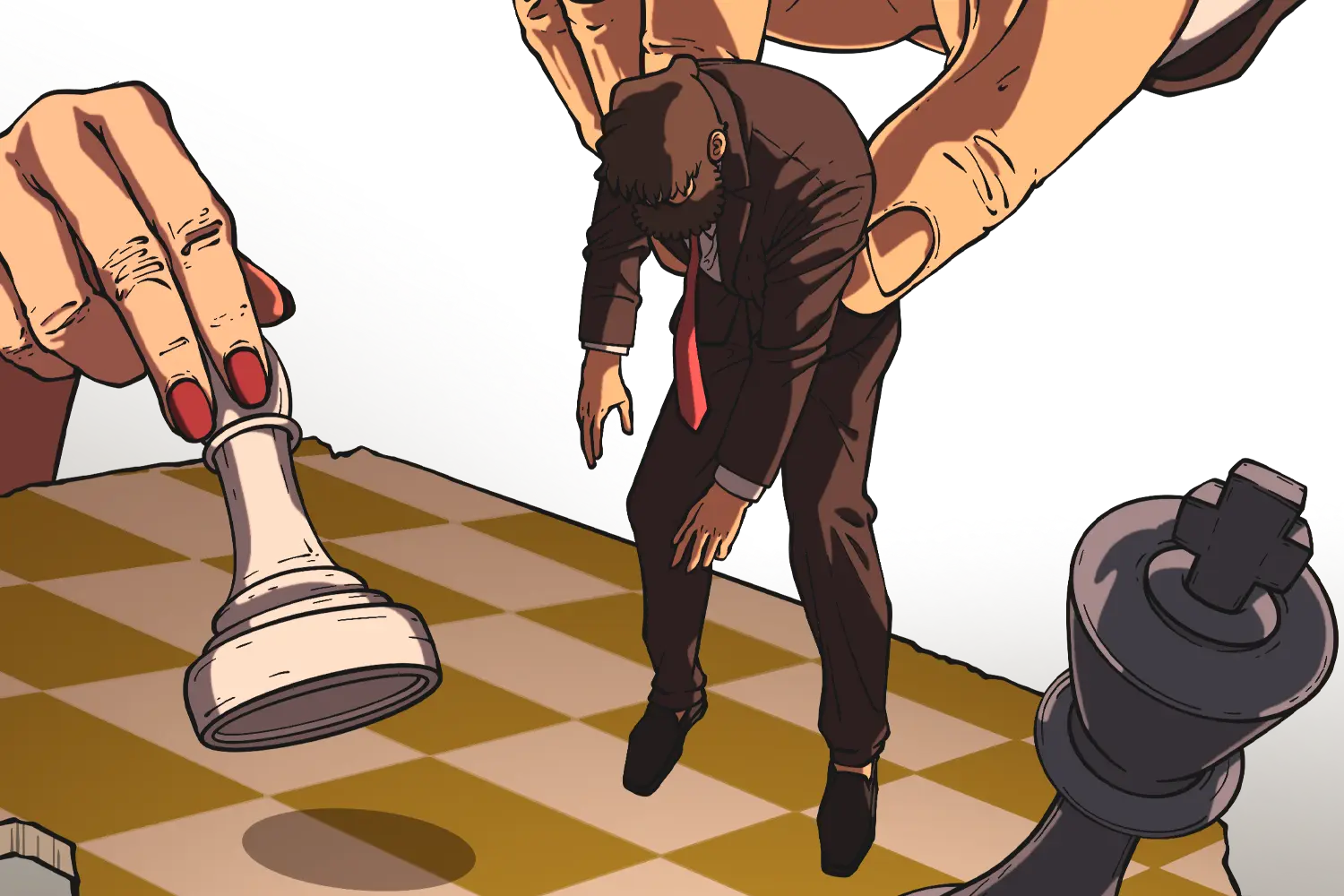In today’s digital age, a company’s most important showcase is no longer its physical store — it’s its website.
When potential customers search for you on Google, see you on social media, or encounter an online ad, the first thing they’ll do is click on your website. And at that very moment, your web design becomes the face of your brand — reflecting your professionalism, credibility, and identity.
So, what is web design, why is it so important, and what are the golden rules for creating an effective website?
At Cancel Studio, we’ve learned one simple truth after years of helping brands build their digital presence:
“A good web design isn’t just about how it looks — it’s about how it performs.”
In this article, we’ll explore what web design really means, its core principles, and the key elements every successful website must have.
1. What Is Web Design?
Web design is the process of planning, conceptualizing, and arranging content online. It covers not just visuals — like colors, typography, and images — but also functionality, navigation, and user experience (UX).
An effective web design translates your brand’s identity into the digital world and delivers the right message to the right audience.
Your website is your brand’s voice and digital face. If it’s poorly designed, users will leave within seconds.
A great web design should be:
Visually appealing
Easy to navigate
Mobile responsive
Fast-loading
And tailored to your audience
In short, web design is not just about aesthetics — it’s about strategy.
2. What Are the Principles of Web Design?
Creating a professional website takes more than coding skills or nice visuals. Behind every successful web design, there are clear principles and a user-centered approach.
Here are the fundamental principles of web design:
🔹 1. Simplicity
Cluttered layouts overwhelm visitors. Simple, clean designs are more engaging and easier to use. A visitor should find what they’re looking for in no more than three clicks.
🔹 2. Consistency
Color palette, typography, icons, and button styles should remain consistent across all pages. Consistency builds trust and makes your brand look professional.
🔹 3. Visual Hierarchy
The design should naturally guide the user’s eyes. Headings, contrasts, and spacing help prioritize information and improve readability.
🔹 4. Mobile Responsiveness
Most users browse on mobile devices. A responsive design adapts automatically to any screen size, maintaining a seamless experience.
🔹 5. Speed and Performance
Even the best design loses impact if the site loads slowly. Your website should load in under 3 seconds. Optimized images, clean code, and good hosting are essential.
🔹 6. User Experience (UX)
Design for your users — not for yourself. Every element should make navigation intuitive and enjoyable.
🔹 7. SEO-Friendly Structure
A great website isn’t just for users — it’s for search engines too.
Proper title tags, meta descriptions, alt texts, and fast load speeds all help your website rank higher on Google.

3. What Is the Most Important Thing in Web Design?
The most important factor in any web design project is having a clear goal.
Every website serves a specific purpose:
An e-commerce website aims to sell products.
A corporate website aims to inform and build trust.
A portfolio website aims to showcase talent.
Without a clear objective, design decisions become inconsistent and confusing.
Before starting a project, ask yourself:
Who is my target audience?
What action do I want visitors to take? (buy, contact, sign up, etc.)
What message am I trying to deliver?
What’s the main Call to Action (CTA) on each page?
The design should serve this purpose.
For example, a law firm’s website will look minimalist and trustworthy, while a creative agency might use bold colors and dynamic visuals.
At Cancel Studio, we always start by analyzing a brand’s DNA — its goals, values, and audience — to create a web design that reflects both aesthetics and strategy.
Because good web design doesn’t happen by chance — it’s designed with purpose.
4. What Should a Website Include?
A website isn’t just a digital brochure — it’s an interactive experience that informs, engages, and converts.
Here’s what every website should include for maximum impact:
1. A Strong Homepage
Your homepage is your storefront. It should feature a clear headline, a brief introduction, a CTA (like “Explore Our Services”), and an engaging visual.
2. About Page
Tell your story — who you are, what you stand for, and why you exist. People connect with people, not faceless brands.
3. Services or Products Page
Display your offerings clearly and concisely. Use clean layouts, short descriptions, and SEO-friendly headings.
4. Testimonials or Case Studies
Social proof builds trust. Visitors are more likely to convert when they see others have had positive experiences.
5. Contact Page
Make it easy to get in touch. Include a map, phone number, email, social links, and a simple contact form.
6. Blog Section
A blog enhances SEO and positions your brand as an expert in your field. Regular, quality content drives organic traffic and builds authority.
7. Privacy Policy & Legal Information
Every professional website must include privacy and data protection policies — especially for GDPR or KVKK compliance.
5. The Golden Rules of Effective Web Design
Based on years of experience at Cancel Studio, here are the golden rules of creating a successful web design:
Reflect your brand: Your website should express your brand’s personality and tone.
Guide the user: Use clear and visible CTA buttons.
Optimize visuals: Balance beauty with speed and performance.
Keep it updated: An outdated site signals neglect.
Work with professionals: Web design, development, and SEO must function together for best results.
Remember, a great website doesn’t just attract visitors — it turns them into customers.
Leave a Strong Impression in the Digital World
Today, almost every business has a website — but only a few stand out.
What sets them apart is not luck, but an understanding of web design that combines creativity, usability, and purpose.
Your website is the bridge between your brand and your potential customers.
That bridge must be solid, trustworthy, and beautifully designed.
At Cancel Studio, we help brands make a powerful digital impact through modern, user-focused, and SEO-friendly web design solutions.
“A website shouldn’t just exist — it should make an impact.”


